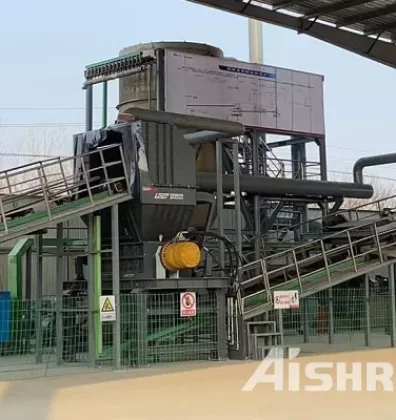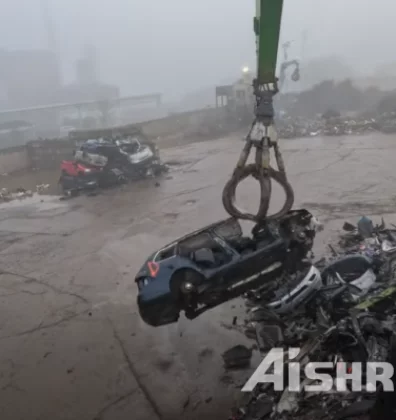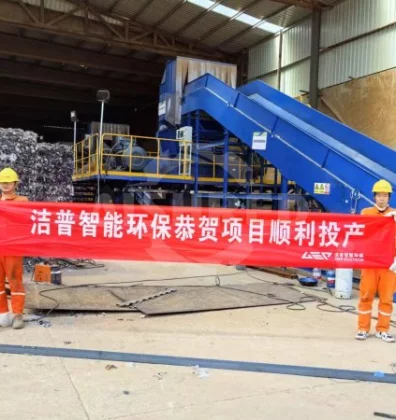With the development of the economy and the rapid rise of the packaging industry, packaging waste is also increasing in large quantities, if not dealt with in a timely manner, will seriously pollute the environment, and over time the formation of a vicious and ungovernable trend. At present, the recycling and reuse of packaging waste has become an urgent task of environmental protection in all countries, but also the primary measures to combat global environmental pollution. Especially plastic packaging film, with easy aging, easy to break, short life cycle characteristics, if not handled in a proper way, the environment and the ecosystem will produce great harm. In addition, plastic film and other plastic products to petroleum as the main raw material, with the global consumption and depletion of petroleum resources, including waste plastic packaging film, including the recycling of waste plastics has also become a hot spot for people to study.
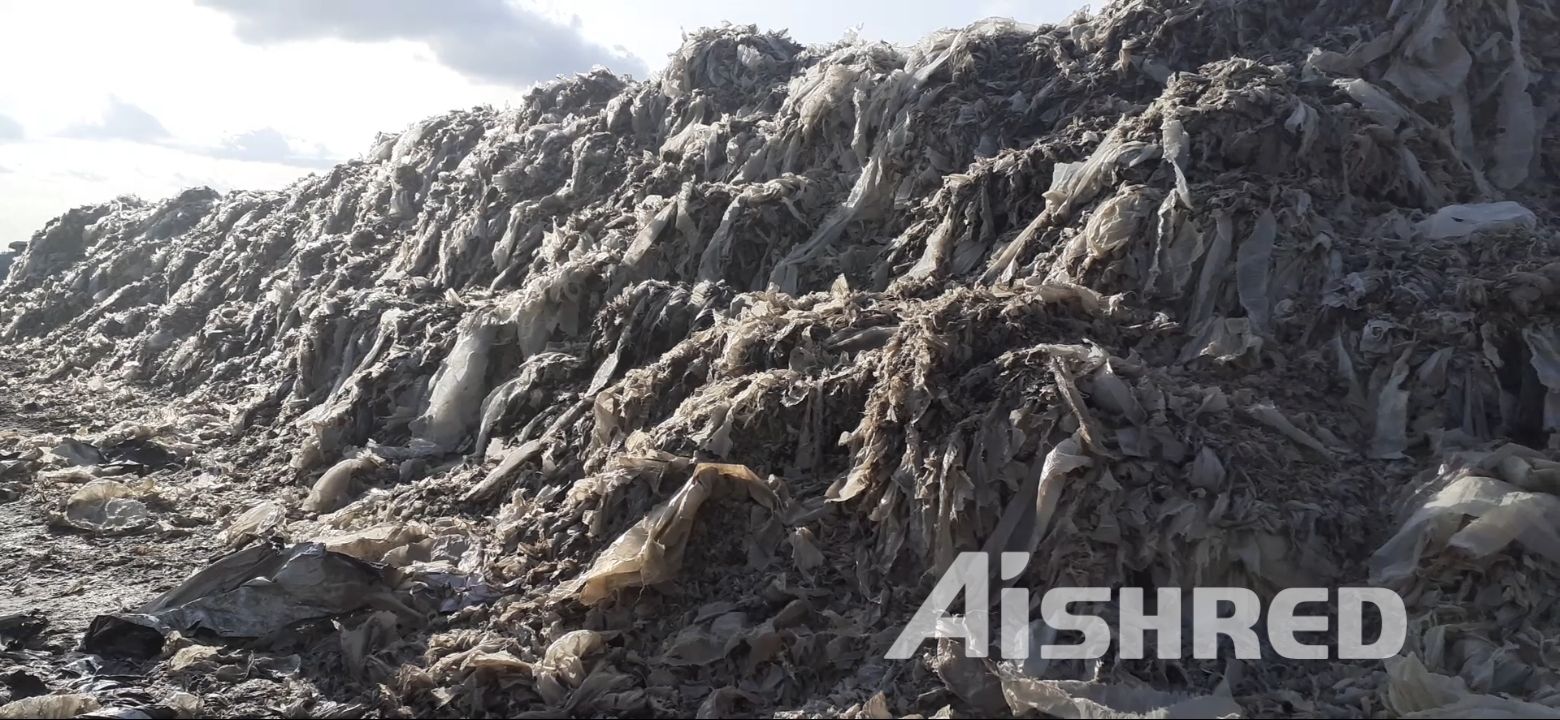
A large amount of plastic packaging films are discarded randomly, causing great pressure on the living environment of human beings, and countries are paying more and more attention to the environmental problems caused by waste plastic packaging films. The current status of generation, recycling and treatment of waste plastic packaging films, as well as the research and application of derivative fuels using waste plastics as the main raw material, are introduced, and a new way to deal with waste plastic packaging films, i.e., refuse-derived fuel (RDF) technology, is proposed. The significance of the development of this technology is clarified, and it is proposed that the RDF technology using waste plastic packaging films as raw materials should become a new and effective way for the resource treatment of waste plastic packaging films in China.
Refuse Derived Fuel (RDF) technology refers to the removal of non-combustible materials from garbage, crushing and drying combustible materials, adding additives, and compressing them into solid fuels of the desired shape. Burning RDF has the characteristics of stable combustion and low secondary pollution than burning garbage directly; meanwhile, after RDF is manufactured in each decentralized treatment site, it is reduced in volume and deodorized, which makes it easy to be transported and stored; calcium oxide and coal can be added to RDF to increase the calorific value, and the combustion reduces the emission of HCl and SO2, reduces the corrosion of the tail flue and reduces the emission of dioxin. Therefore, using RDF technology to make derivative fuel from waste plastic packaging film before combustion to recover heat energy is an effective way to recycle waste plastic packaging film in China at this stage.
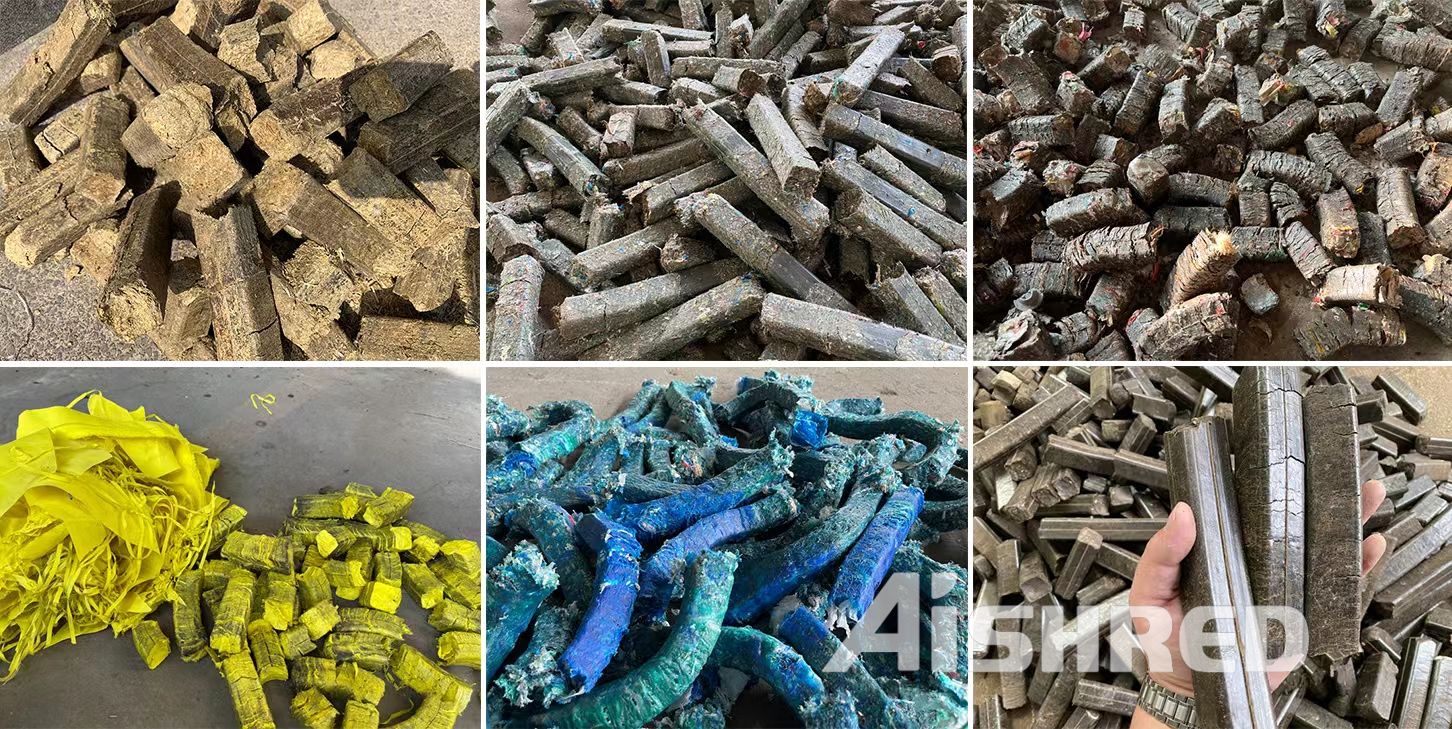
RDF takes the combustible materials in garbage as raw materials. With the improvement of the living standard of the residents, the proportion of waste plastics in the combustible component of municipal garbage is getting higher and higher, and the low-quality waste plastic packaging film is the main part of the waste plastics. Therefore, although there is no research on derivative fuels specifically for waste plastic packaging films, some research has been carried out on derivative fuels using waste plastics as the main raw material.
AI Shred's Solid Waste Alternative Fuel (RDF/SRF) preparation system can convert waste plastic packaging film into high quality, high calorific value alternative fuel (RDF/SRF), thus realizing waste-to-energy conversion.
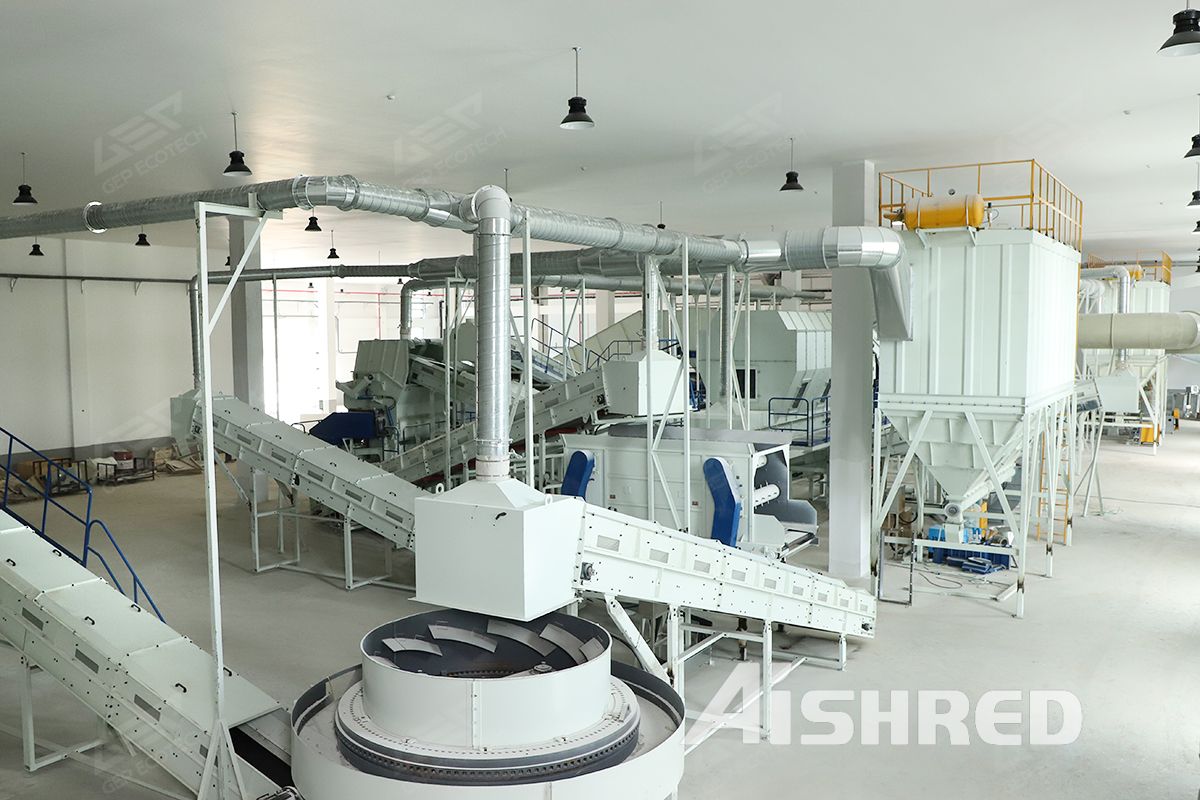
Solid Waste Alternative Fuel (RDF/SRF) preparation system includes crushing sorting and molding process, this solution can convert waste plastic packaging film into high quality alternative fuel, the material is transported to the double shaft shear crusher through the conveyor to carry out coarse crushing to reduce the size of the material; the crushed material enters into the magnetic separator, and the separating combustible material enters into the fine shredding machine to be crushed to the ideal size; the finely crushed material enters into the RDF molding machine, and ultimately obtains high calorific value alternative fuels (RDF) with a granule size of 98% less than 30-80mm.


